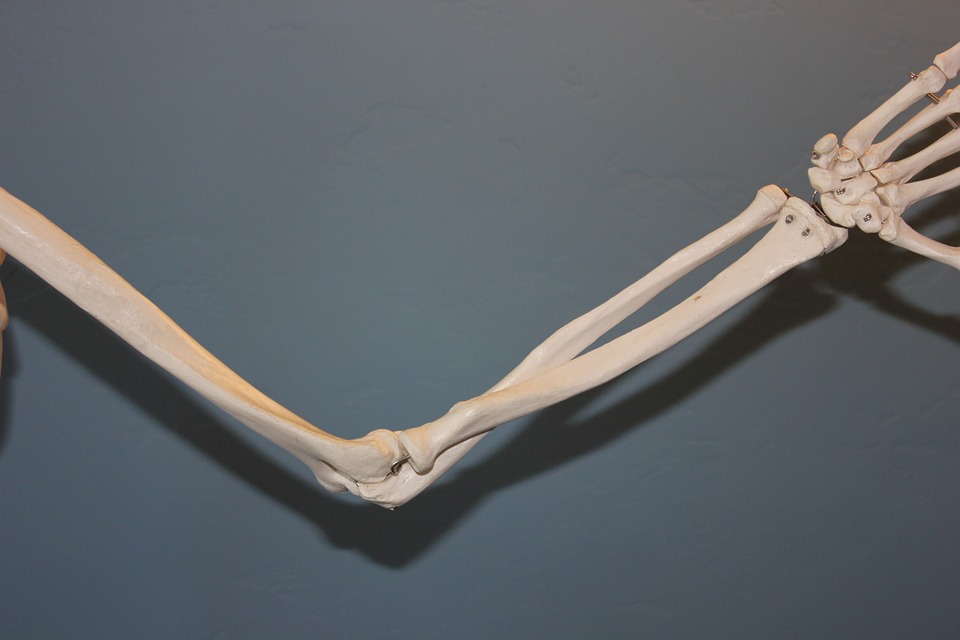Psoriatic arthritis is a type of arthritis that develops in some people with the skin condition psoriasis. It typically causes affected joints to become inflamed (swollen), stiff and painful.
Like psoriasis, psoriatic arthritis is a long-term condition that can get progressively worse. In severe cases, there’s a risk of the joints becoming permanently damaged or deformed, which may require surgical treatment.
However, with an early diagnosis and appropriate treatment, it’s possible to slow down the progression of the condition and minimise or prevent permanent damage to the joints.
Symptoms of psoriatic arthritis
The pain, swelling and stiffness associated with psoriatic arthritis can affect any joint in the body, but the condition often affects the hands, feet, knees, neck, spine and elbows.
The severity of the condition can vary considerably from person to person. Some people may have severe problems affecting many joints, whereas others may only notice mild symptoms in one or two joints.
There may be times when your symptoms improve (known as remission) and periods when they get worse (known as flare-ups or relapses).
Relapses can be very difficult to predict, but can often be managed with medication when they do occur.
When to seek medical advice
See your GP if you experience persistent pain, swelling or stiffness in your joints – even if you haven’t been diagnosed with psoriasis.
If you’ve been diagnosed with psoriasis, you should have check-ups at least once a year to monitor your condition. Make sure you let your doctor know if you’re experiencing any problems with your joints.
Causes of psoriatic arthritis
Between one and two in every five people with psoriasis develop psoriatic arthritis.
It usually develops within 10 years of psoriasis being diagnosed, although some people may experience problems with their joints before they notice any symptoms affecting their skin.
Like psoriasis, psoriatic arthritis is thought to occur as a result of the immune system mistakenly attacking healthy tissue.
However, it’s not clear why some people with psoriasis develop psoriatic arthritis and others don’t.
Diagnosing psoriatic arthritis
If your doctor thinks you may have arthritis, they should refer you to a rheumatologist (a specialist in joint conditions) for an assessment.
The British Association of Dermatologists website has information on the psoriasis epidemiology screening tool (PEST) (PDF, 209kb). This is a questionnaire you may be asked to fill out, which helps your doctor decide if you need a referral. People with psoriasis should be asked to fill this out annually.
A rheumatologist will usually be able to diagnose psoriatic arthritis if you have psoriasis and problems with your joints.
They’ll also try to rule out other types of arthritis, such as rheumatoid arthritis and osteoarthritis.
A number of tests may be carried out to help confirm a diagnosis, including:
blood tests to check for signs of inflammation in your body and the presence of certain antibodies found in other types of arthritis
X-rays or scans of your joints
Treating psoriatic arthritis
The main aims of treatment will be to relieve your symptoms, slow the progression of the condition and improve your quality of life.
For most people, this involves trying a number of different medications, some of which can also treat the psoriasis. Ideally, you should take one medication to treat both your psoriasis and psoriatic arthritis whenever possible.
The main medications used to treat psoriatic arthritis are summarised below and include:
- non-steroidal anti-inflammatory drugs (NSAIDs)
- corticosteroids
- disease-modifying anti-rheumatic drugs (DMARDs)
- biological therapies
Complementary therapies
There’s not enough scientific evidence to say that complementary therapies, such as balneotherapy (bathing in water containing minerals), works in treating psoriatic arthritis.
There’s also not enough evidence to support taking any kind of food supplement as treatment.
Complementary therapies can sometimes react with other treatments, so talk to your GP, specialist or pharmacist if you’re thinking of using any.
Managing related conditions
As with psoriasis and other types of inflammatory arthritis, you may be more likely to get some other conditions – such as cardiovascular disease (CVD) – if you have psoriatic arthritis. CVD is the term for conditions of the heart or blood vessels, such as heart disease and stroke.
Your doctor should carry out tests each year (such as blood pressure and cholesterol tests) so they can check whether you have CVD and offer additional treatment, if necessary.
You can also help yourself by:
having a good balance between rest and regular physical activity
losing weight, if you are overweight
not smoking
only drinking moderate amounts of alcohol
Your care team
As well as your GP and a rheumatologist, you may also be cared for by:
a specialist nurse – who will often be your first point of contact with your specialist care team
a dermatologist (skin specialist) – who will be responsible for treating your psoriasis symptoms
a physiotherapist – who can devise an exercise plan to keep your joints mobile
an occupational therapist – who can identify any problems you have in everyday activities and find ways to overcome or manage these
a psychologist – who can offer psychological support if you need it
